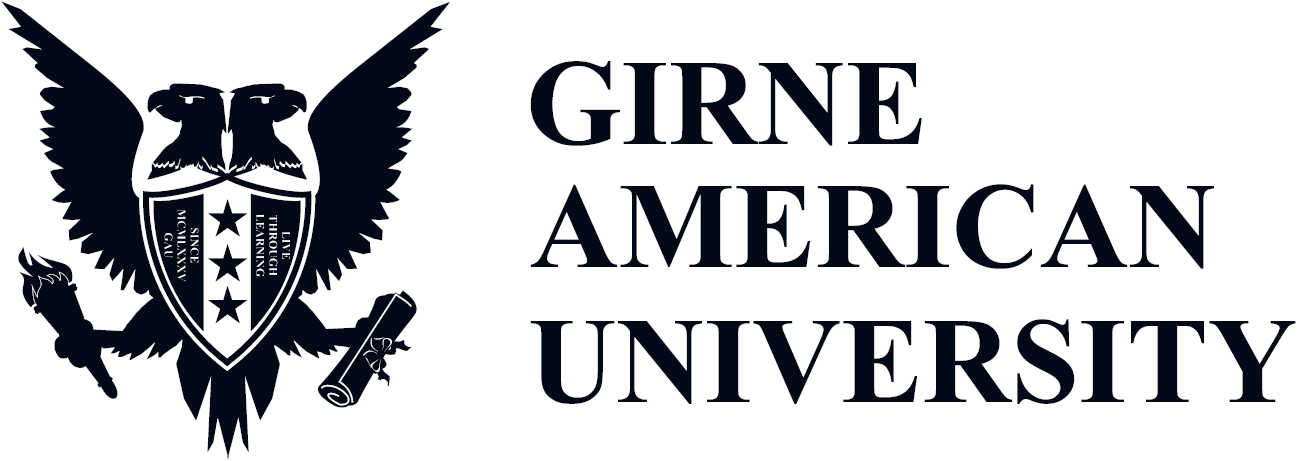
FACULTY OF EDUCATION
- UNDERGRADUATE PROGRAMMES
- Department of Music Teaching
- Department of Pre School Teaching
- Department of Psychological Counselling and Guidance
- Department of Primary School Teaching
- Department of Turkish Teaching
- Department of English Language Teaching
- MASTER PROGRAMMES
- Computer and Instructional Technologies Education (MA) (Without Thesis) (Graduate)
- Educational Administration and Supervision
- Educational Program Developing and Instruction (MA) (Graduate)
- Secondary School Education (Pedagogical Formation)
- Psychological Counselling and Guidance
- Turkish Language and Literature
- Turkish Language and Literature Teaching
- Turkish Language Education (MA)
- English Language Education (MA)
- Ph.D. PROGRAMMES
- Educational Administration, Supervision and Planning (Ph. D.)
- Psychological Counselling and Guidance (PhD)
- Contemporary Turkish Language (Ph. D.)
- CERTIFICATE PROGRAMMES
- Pedogogical Proficiency Certificate Progr
Department of Music Teaching

